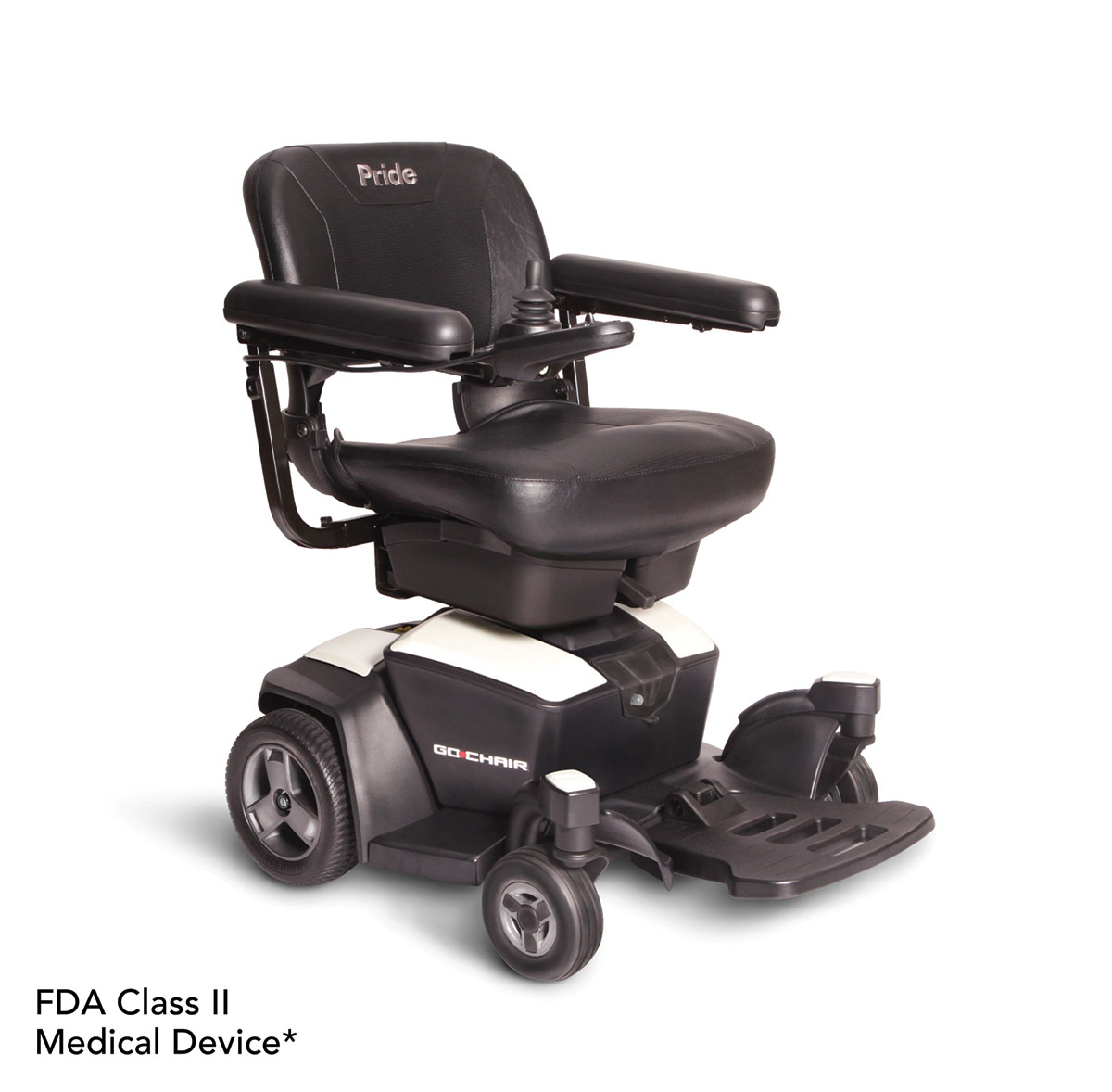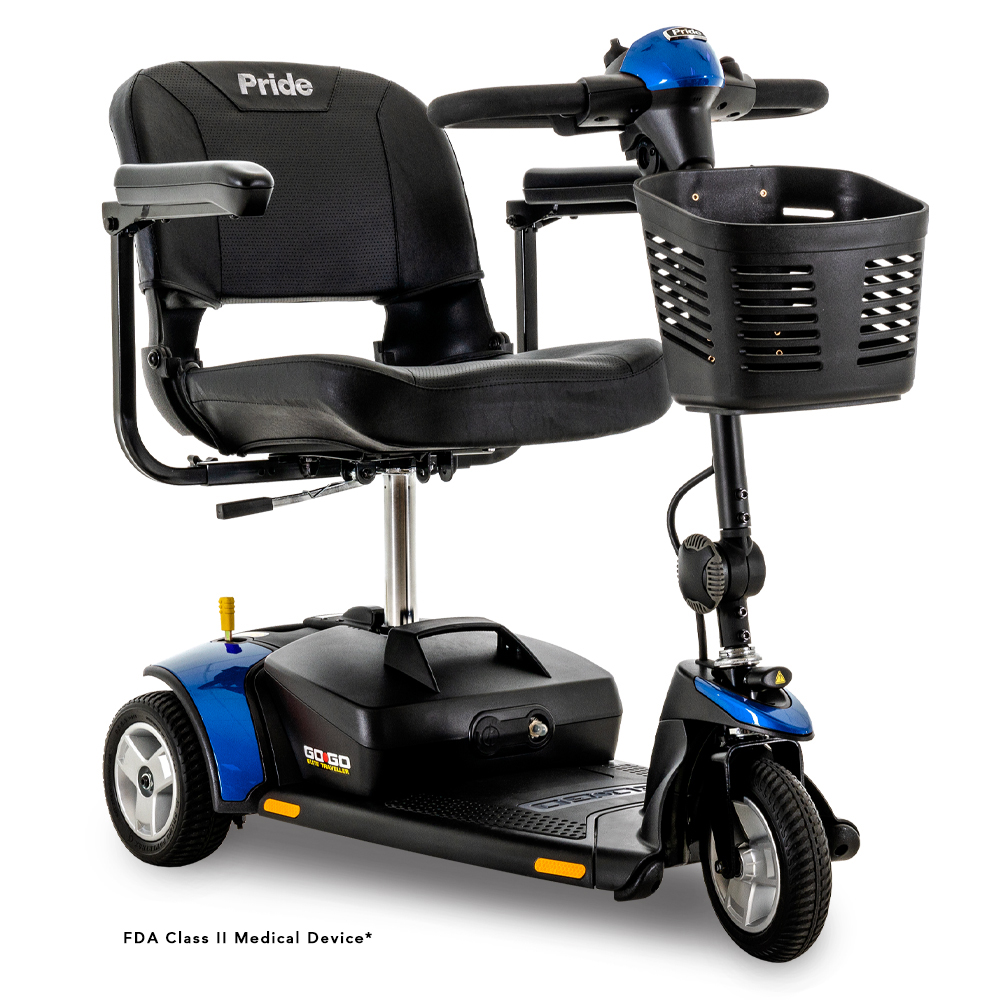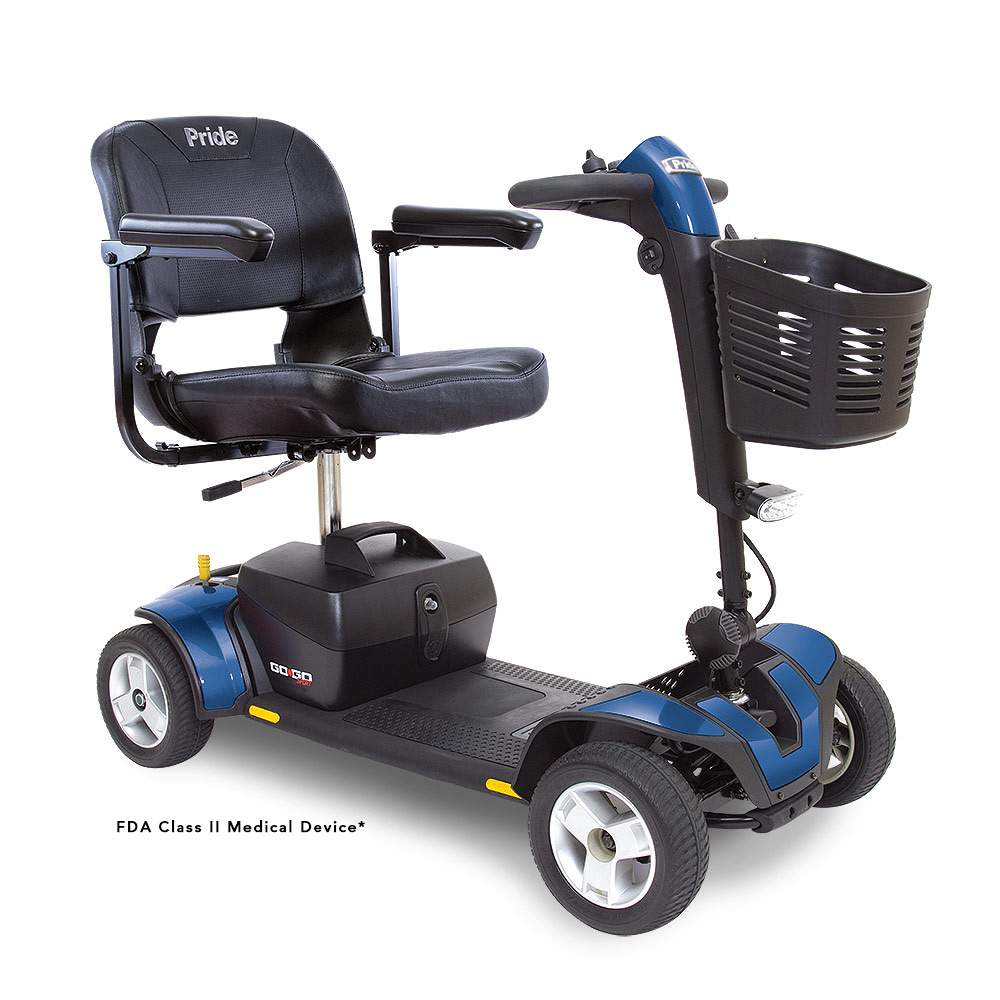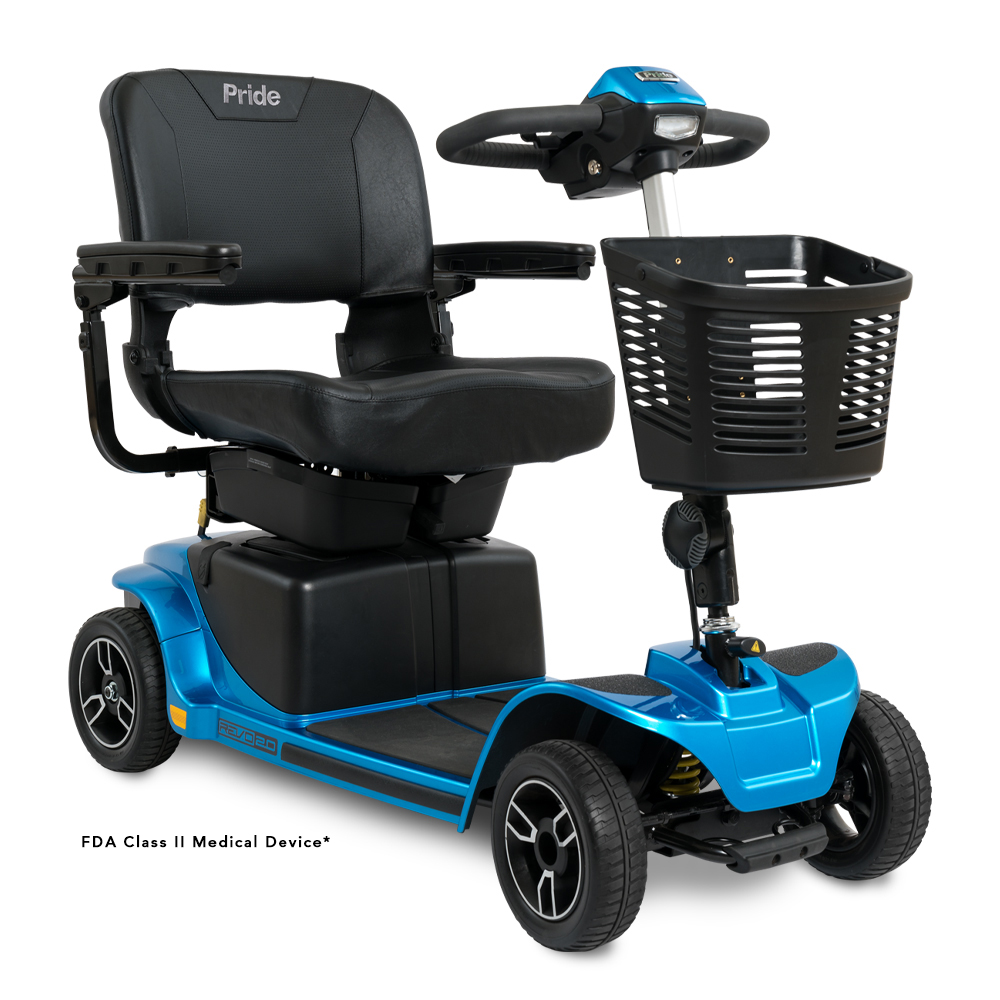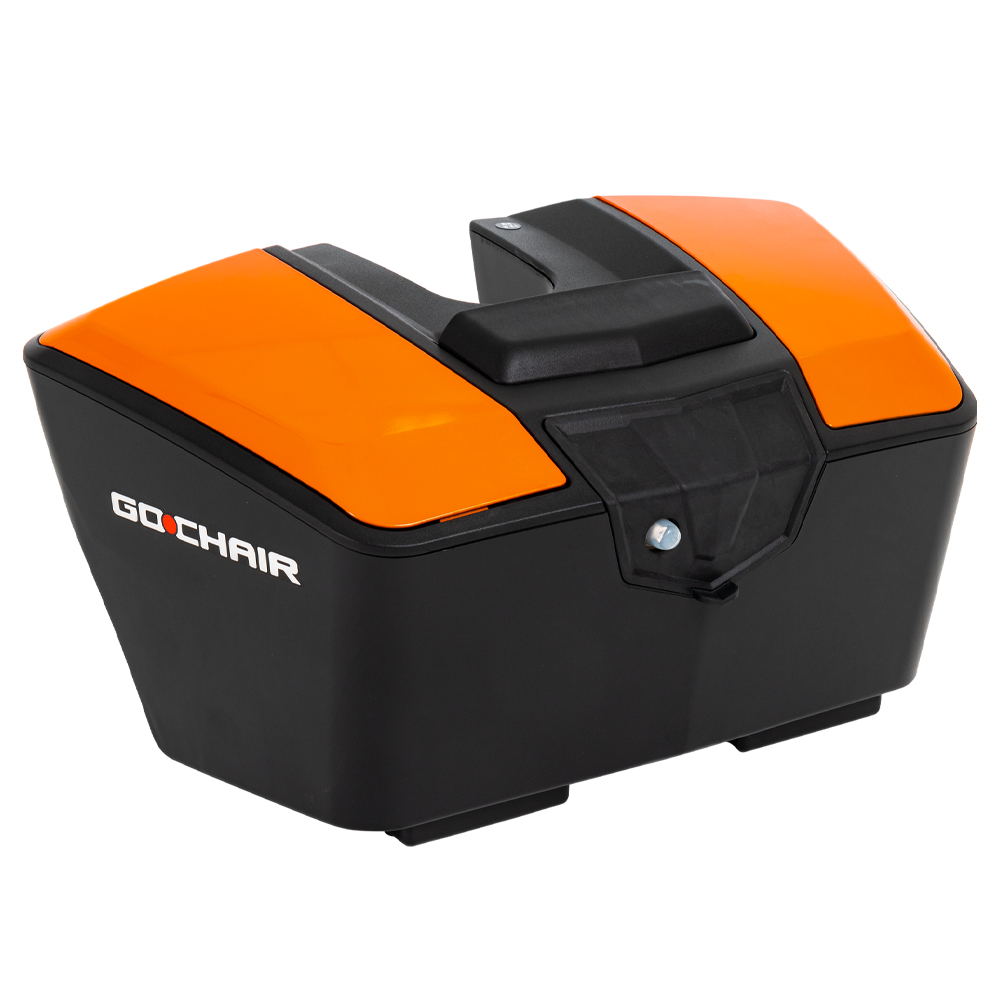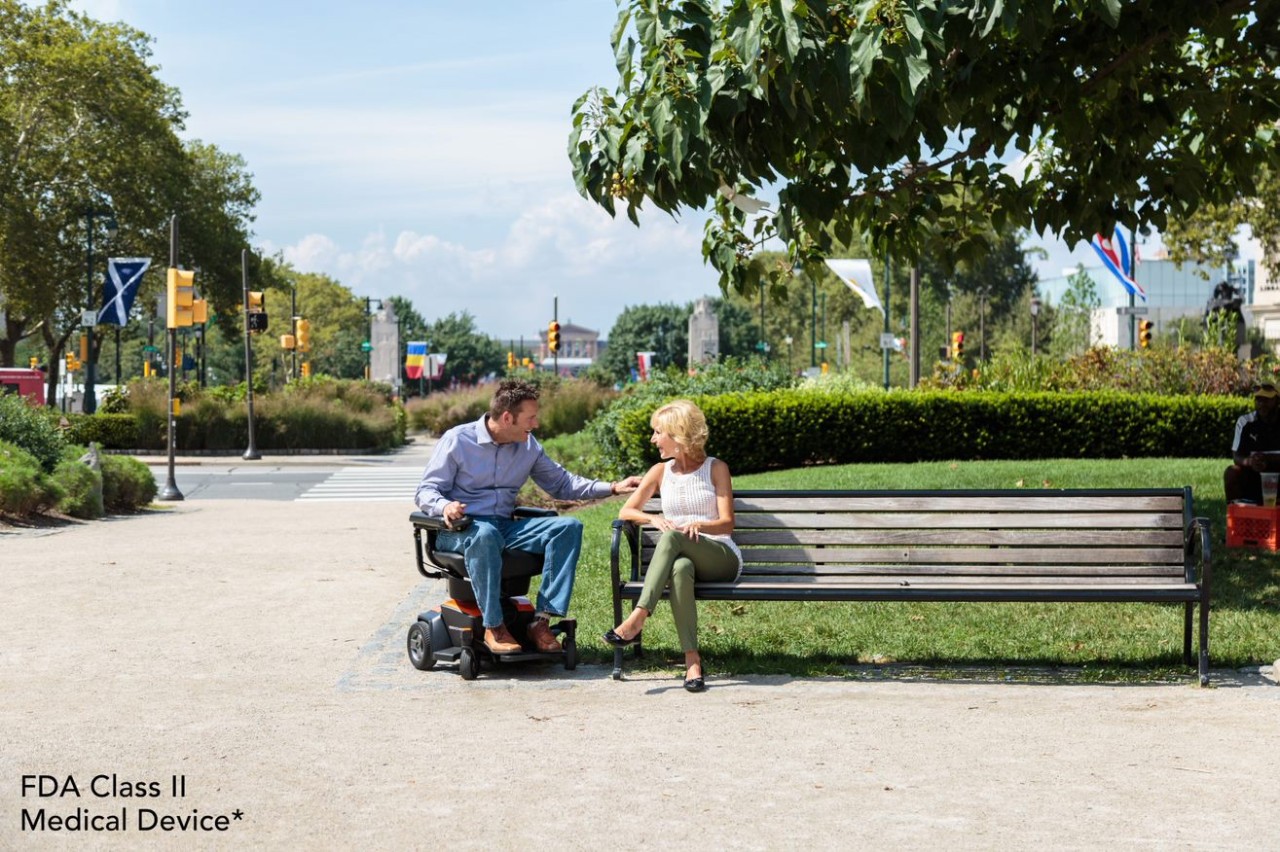How long do mobility scooter batteries last?
The lifespan of mobility scooter batteries can vary depending on factors such as usage, terrain, and battery type. However, on average, mobility scooter batteries can last between 1 to 2 years. It's important to note that battery performance may start declining after a year of use, resulting in shorter travel distances on a single charge. Regular maintenance and proper charging practices can help prolong the life of mobility scooter batteries. It's recommended to follow the manufacturer's instructions for charging and maintaining the batteries to ensure optimal performance and longevity.
How long does a full charge last for a mobility scooter?
The duration of how long a charge lasts for a mobility scooter can vary depending on several factors, including the battery type, capacity, terrain, and user weight. On average, a fully charged mobility scooter battery can last between 10 to 30 miles or approximately 4 to 8 hours of continuous use.
It's important to note that these estimates are based on average conditions and factors mentioned earlier. Factors like steep inclines, rough or uneven terrain, higher speeds, and heavier user weight can reduce the battery life and range.
The battery life can gradually decrease over time as the battery undergoes regular charging and discharging cycles. Regular maintenance of the battery, such as proper charging practices and avoiding over-discharge or overcharge, can help maintain its performance and extend its overall lifespan.
It's recommended to consult the manufacturer's specifications and guidelines for the specific mobility scooter model and battery to get a more accurate estimate of how long a charge will last in your situation. Additionally, speaking with a mobility specialist can provide further guidance based on your individual needs and requirements.
